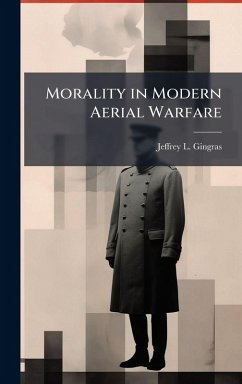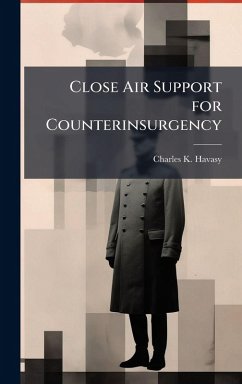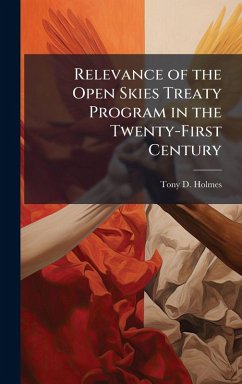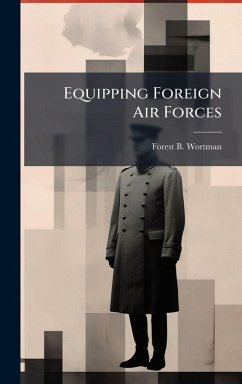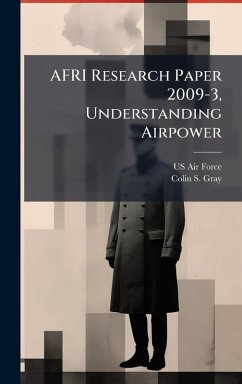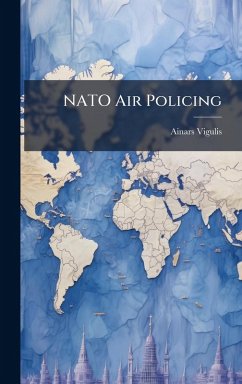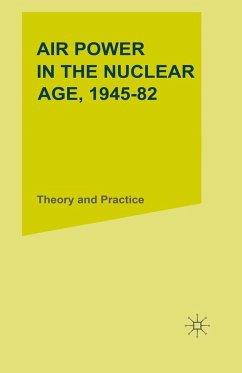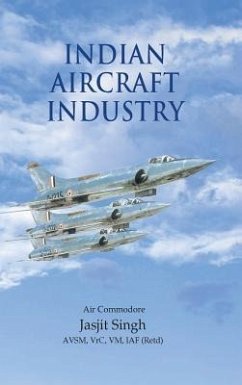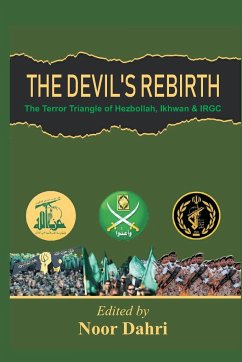
Devils in the Dialogue
Versandkostenfrei!
Versandfertig in über 4 Wochen
29,99 €
inkl. MwSt.
Weitere Ausgaben:

PAYBACK Punkte
15 °P sammeln!
The Air Force began its existence in 1947 as a bright star with almost limitless potential to defend the nation. Today, however, the Air Force appears to struggle in communicating its value and trustworthiness, and congressional support has waned. The relationship is strained if not adversarial. The more effectively the Air Force engages with Congress, the better the Air Force can posture to defend national interests. The intent of this paper is to understand the current relationship between the Air Force and Congress and determine if this relationship is configured in optimum fashion to contr...
The Air Force began its existence in 1947 as a bright star with almost limitless potential to defend the nation. Today, however, the Air Force appears to struggle in communicating its value and trustworthiness, and congressional support has waned. The relationship is strained if not adversarial. The more effectively the Air Force engages with Congress, the better the Air Force can posture to defend national interests. The intent of this paper is to understand the current relationship between the Air Force and Congress and determine if this relationship is configured in optimum fashion to contribute to the nation's security. This paper concentrates on the Air Force's Legislative Liaison (SAF/LL) office as a conduit to effectively communicate the Air Force's needs to Congress, which is vitally important during periods of struggle. A focused review of current interactions, both formal and informal, as well as comparison with the other services, will highlight strengths and weaknesses within the Air Force's Legislative Liaison office and it's ability to provide Congressional support. Synthesis of the information provides recommendations for the Air Force to better coordinate its strategic messaging and methodology with Congress via the legislative liaison office. The SAF/LL office has a unique opportunity to bridge the gap between the two organizations and eliminate the devils in the dialogue. This work has been selected by scholars as being culturally important, and is part of the knowledge base of civilization as we know it. This work was reproduced from the original artifact, and remains as true to the original work as possible. Therefore, you will see the original copyright references, library stamps (as most of these works have been housed in our most important libraries around the world), and other notations in the work. This work is in the public domain in the United States of America, and possibly other nations. Within the United States, you may freely copy and distribute this work, as no entity (individual or corporate) has a copyright on the body of the work. As a reproduction of a historical artifact, this work may contain missing or blurred pages, poor pictures, errant marks, etc. Scholars believe, and we concur, that this work is important enough to be preserved, reproduced, and made generally available to the public. We appreciate your support of the preservation process, and thank you for being an important part of keeping this knowledge alive and relevant.



